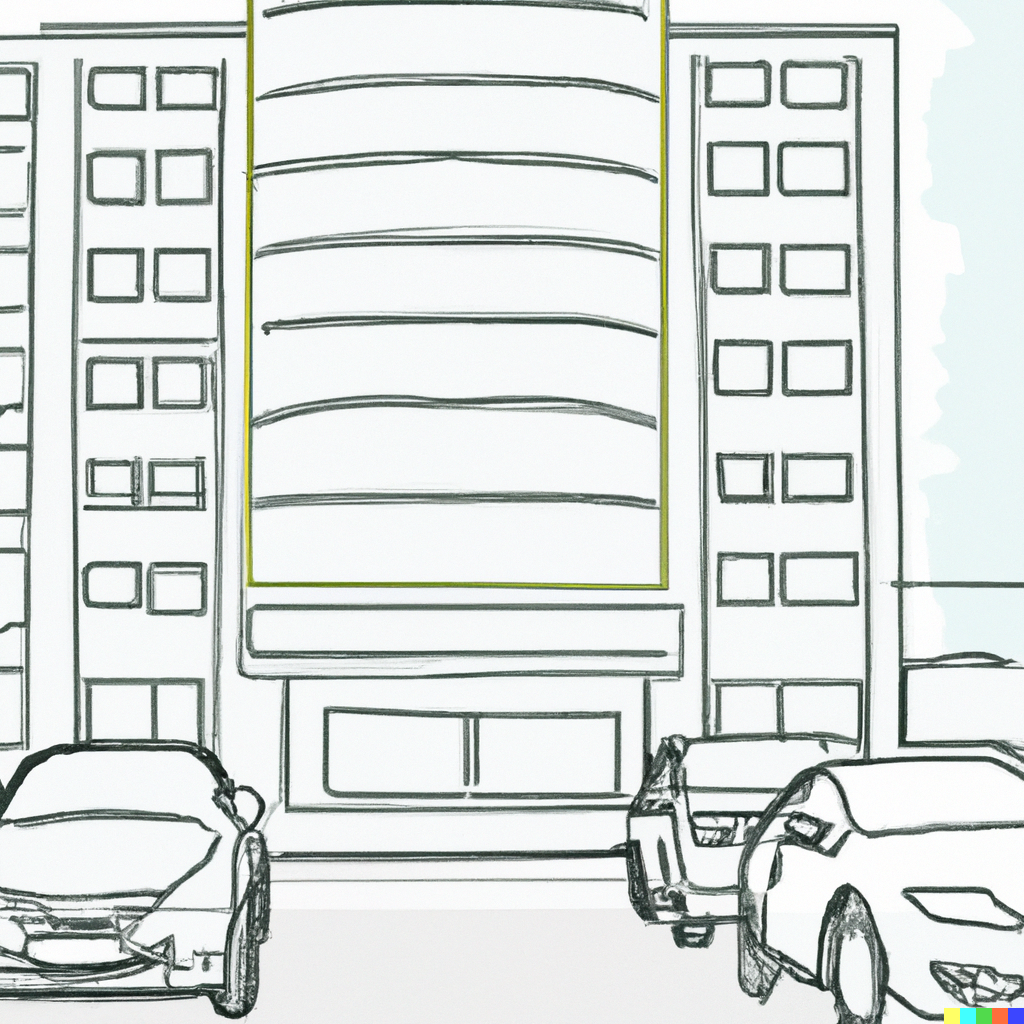Parking Charge Contraventions
We do not set out to receive a Parking Charge, but if one is received, it is not always obvious why it was issued. Below are the main contraventions that we issue Parking Charges for, along with relevant information.
If you have received a Parking Charge from us, you can either make a payment or submit an appeal or challenge by visiting: www.paymypcn.net Please be aware that you will need both the Parking Charge reference number and the vehicle registration.
If you have any queries about a Parking Charge that you have received from us, you can e-mail us at: parkingteam@vikingsolutionsuk.com. Please be aware that your e-mail may not receive a reply.

When entering a pay to park car park, motorists are given a consideration period of 10 minutes to pay for parking, as long as the driver remains on-site. If a driver leaves the car park, the consideration period immediately ends. Therefore, if a vehicle remains for more than 10 minutes without a valid payment being made, or if the driver leaves the car park without a valid payment being made, a Parking Charge may be issued. If a payment was made, it is possible that an error was made when entering the vehicle registration or the site location code. If you have received a Parking Charge, but you made a payment with an error, we suggest that you submit an appeal, and include evidence of the payment that was made.

Some car parks are not open to the general public. Instead, they are only for those authorised to remain on the private land. For example, a car park servicing an office block might only allow parking for staff working nearby. If you have received a Parking Charge for unauthorised parking, it means that your vehicle was not allowed to park in the area. All drivers are given a consideration period of at least 5 minutes, but this period ends immediately if the driver leaves the car park and the vehicle is unattended. If you wish to appeal a Parking Charge issued for this reason, we suggest that you include evidence that you were authorised to park (and be aware that a disabled parking badge does not automatically give free parking in private car parks).

Some car parks offer free parking, but only for a limited period. This is especially popular in shopping centres and other places where people are expected to stay for a limited period. If you have received a Parking Charge for remaining for longer than the maximum allowed time, we suggest that submit evidence showing the reasons why (for example, shopping receipts).

In some car park locations, drivers may wish to stay all day by leaving and re-entering the same area. By enforcing a no-return period, this prevents drivers from doing this, thereby allowing other motorists to use the car park. This is a popular term of parking in places like shopping centres and restaurants. If you have received a Parking Charge for this reason, you will need to explain why you re-entered the car park in the no-return period.

When a payment for parking is made for a certain amount of time, but the vehicle remains in the car park for longer than the paid-for time, a Parking Charge can be issued for this reason. As a simple example, if a customer pays for 1 hour of parking, but the vehicle remains for 2 hours, a Parking Charge may be issued. If you feel that you have not paid for enough parking time, we would always suggest that you pay for more time. If you wish to appeal a Parking Charge issued for failing to pay for the entire parking time, you would need to explain both why the vehicle remained in the car park, and also why a second payment could not be made.
